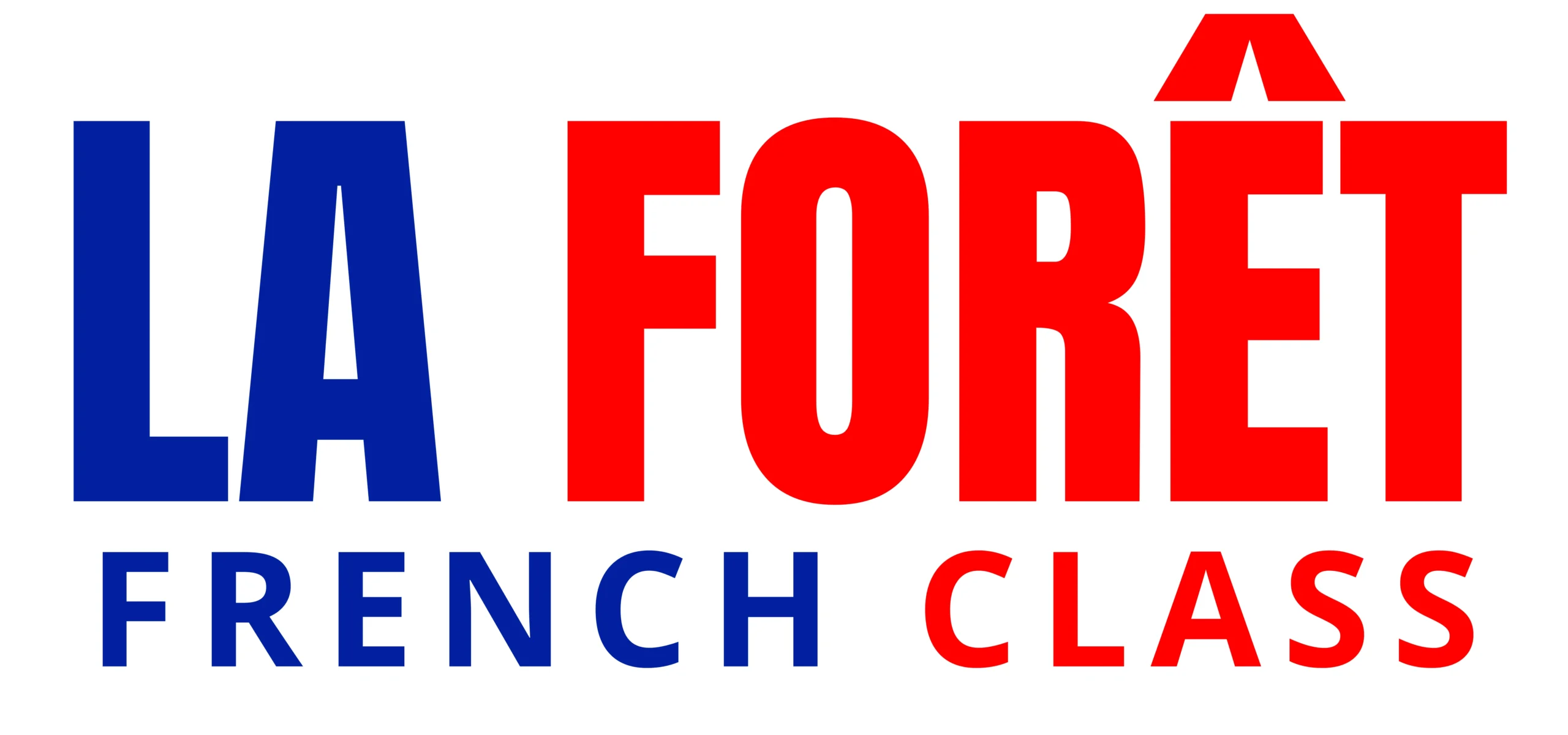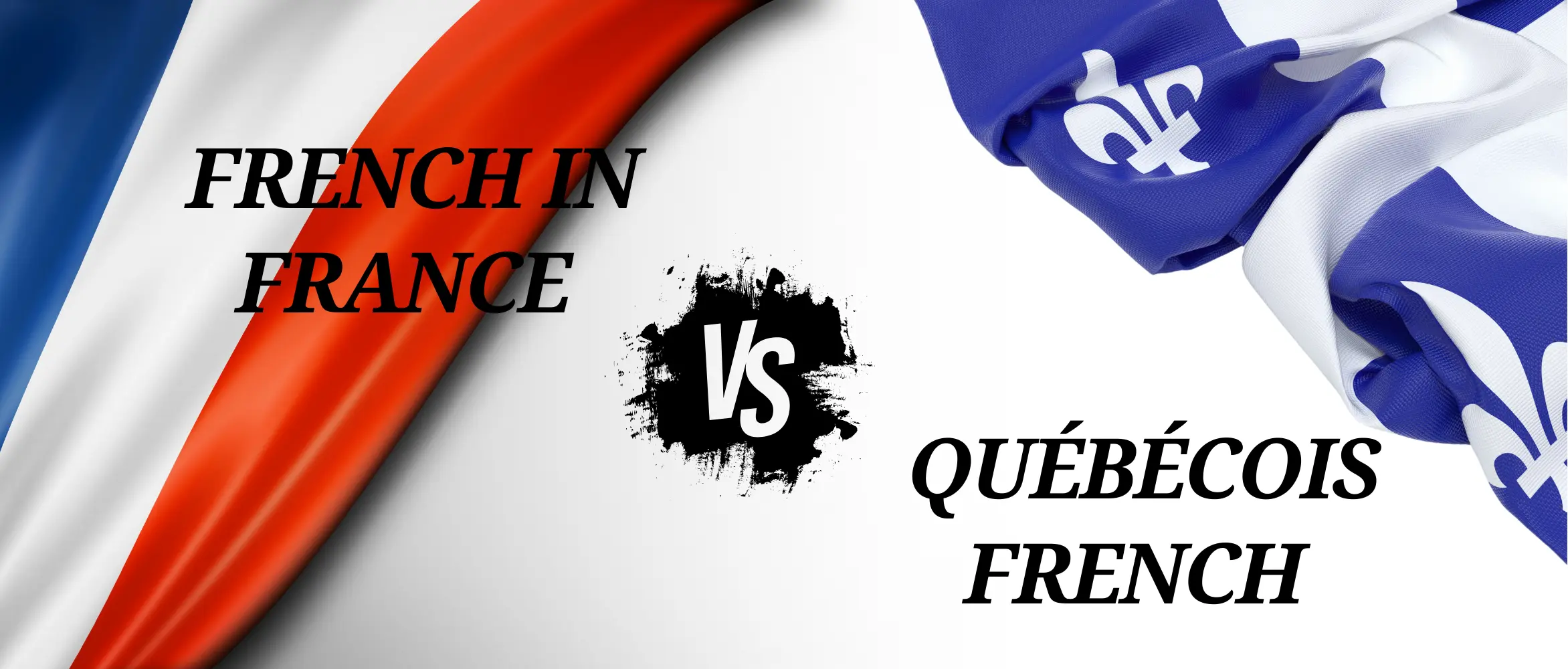Québécois French and French spoken in France share a common root but have diverged significantly over time. This article will explore the historical roots and key differences between these two variants of the French language, shedding light on the rich linguistic diversity within the Francophone world.
The History
The Age of Exploration
In 1534, Jacques Cartier led explorations that resulted in the establishment of New France. French colonists settled in the region, introducing Classical French. The settlers brought influences from the French spoken north of Paris and various langues d’oïl. This mix of dialects began to form the foundation of what would become Québécois French.
British Rule and Isolation
British rule began in 1760, which isolated French colonies in North America from France. This isolation caused the French spoken in Canada to diverge from the French spoken in France. Over time, the linguistic differences became more pronounced, leading to the distinct variety of French spoken in Quebec today.
Modern Day Canadian French
The late 1800s saw industrialisation and increased interaction with English speakers. These interactions further influenced Québécois French, incorporating English words and phrases. The Quiet Revolution in the 1960s, a period of intense socio-political change, and the Charter of the French Language in 1977 significantly influenced the status and evolution of Québécois French. Today, it holds a unique status, distinct from Metropolitan French.
Differences
Grammar
One key grammatical difference between Québécois French and Metropolitan French is the use of pronouns. In Québécois French, “tu” is commonly used in informal contexts, whereas Metropolitan French might use “vous” to convey politeness or formality. Additionally, Québécois French often retains older forms of French grammar, which have fallen out of use in France.
For example, in Québécois French, you might hear “il fait frette” to mean “it’s cold,” using an older form of “froid” (cold). This phrase would be unfamiliar to a speaker from France, who would say “il fait froid.”
Vowels
Vowel pronunciation differs notably between the two variants. In Québécois French, vowels are often more nasalised and pronounced with a distinct accent. For example, the vowel sounds in words like “pâte” (paste) and “bête” (beast) are pronounced differently in Quebec compared to France.
In Quebec, “pâte” might sound more like “patte” in Metropolitan French, which means “paw.” Similarly, “bête” in Québécois French has a more nasal tone, setting it apart from its French counterpart.
Vocabulary
The vocabulary in Québécois French has absorbed many English words and aboriginal terms, reflecting the region’s history and cultural influences. For instance, “blonde” in Québécois French means girlfriend, whereas in Metropolitan French, it simply refers to a fair-haired person.
Another example is “char,” which means car in Quebec, a term derived from the English “car.” In France, the word for car is “voiture.” These differences highlight how Québécois French has evolved uniquely. For more on vocabulary differences, explore La Forêt blogs.
Pronunciation
Consonant pronunciation also shows significant differences. The letter “R” is pronounced with a guttural sound in Metropolitan French but is often trilled or pronounced with a tap in Québécois French.
Additionally, the sounds of “D” and “T” can differ. In Québécois French, these consonants are often softened. For instance, “dix” (ten) might be pronounced as “dis,” and “petit” (small) might sound more like “petit” with a softer “t” sound. These pronunciation differences can sometimes make it challenging for speakers from France to understand Québécois French and vice versa.
Need French Learning Shortcuts?
La Forêt’s tutors have tips to boost fluency faster. Make every minute count!
Informal Conversations
Informal pronouns and expressions are more prevalent in Québécois French, contributing to a more relaxed and familiar tone in everyday speech. This informality can lead to confusion, as expressions familiar to Québécois speakers might be unfamiliar or misunderstood by Metropolitan French speakers.
For example, Québécois French frequently uses “tu” even in contexts where “vous” would be expected in France. This usage reflects a cultural tendency towards informality and can create misunderstandings if not recognised.
Slang Words and Idiomatic Expressions
Québécois French has a rich variety of slang and idiomatic expressions that are unique to the region. For instance, “char” means car in Québécois French, while in Metropolitan French, it means tank.
Conclusion
These unique expressions and slang words highlight the cultural and linguistic divergence between Quebec and France. In summary, Québécois French and French spoken in France have evolved separately over centuries, resulting in notable differences in grammar, pronunciation, vocabulary, and informal language use. These differences are a testament to the evolving nature of language, shaped by historical events, cultural exchanges, and social changes.
Appreciating these differences enriches our understanding of linguistic diversity. It also highlights the importance of preserving and celebrating regional languages and dialects. By recognising and valuing these unique linguistic features, we contribute to the preservation of cultural heritage and the promotion of mutual understanding among French speakers worldwide.
Join La Forêt French Class! Perfect for beginners or those improving their skills. Enjoy fun, interactive lessons in a friendly community. Start speaking French with confidence. Check our courses and sign up now!
Did you know?
The word “magasiner” means to shop in Québécois French, derived from the English word “magazine,” whereas in Metropolitan French, the verb is “faire des courses.”
Fun Fact
Québécois French preserves many older French words and expressions that are no longer in use in France.
Frequently Asked Questions
Q: Is Québécois French typically more nasally than France French?
Ans: Yes, Québécois French is generally considered more nasally than France French. The nasal vowels in Québécois French are often more pronounced and distinct. This difference in pronunciation is one of the notable features that distinguishes the French spoken in Quebec from that spoken in France.
Q: Do Québécois understand Parisian French?
Ans: Yes, Québécois generally understand Parisian French. Despite differences in accent, vocabulary, and some expressions, both forms of French are mutually intelligible. Exposure to media and education in standard French helps Québécois comprehend Parisian French, although there may be occasional misunderstandings due to regional slang or idiomatic expressions.
Q: Where in France are most Québécois from?
Ans: Most Québécois trace their ancestry to settlers from regions like Normandy, Brittany, and Île-de-France. These regions were the primary sources of French immigrants to Quebec during the 17th and 18th centuries. The cultural and linguistic influences from these areas significantly shaped the development of Québécois French.
Q: When did Quebec become French?
Ans: Quebec became French in 1608 when Samuel de Champlain founded Quebec City. This marked the beginning of permanent French settlement in the region. Quebec remained a French colony until 1763, when it was ceded to Britain following the Treaty of Paris. Despite British rule, French culture and language have remained dominant in Quebec.





